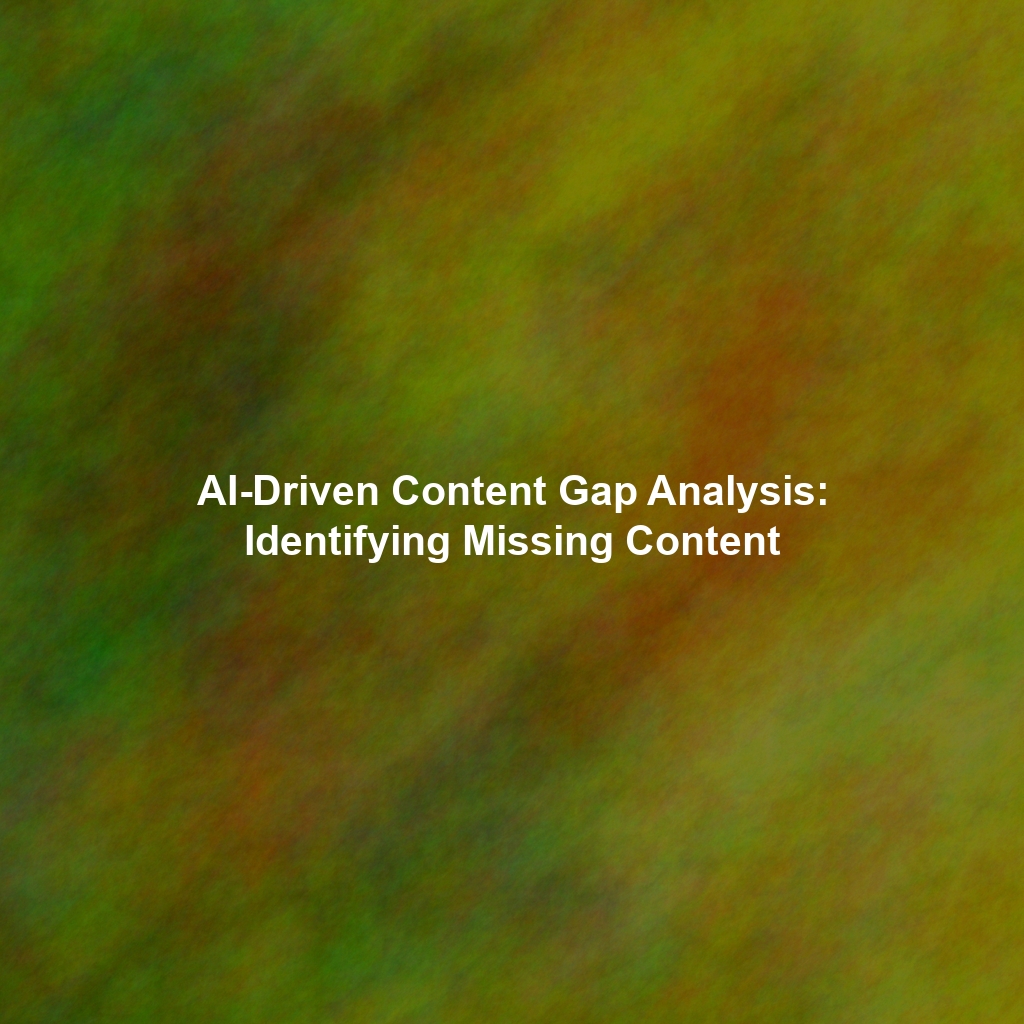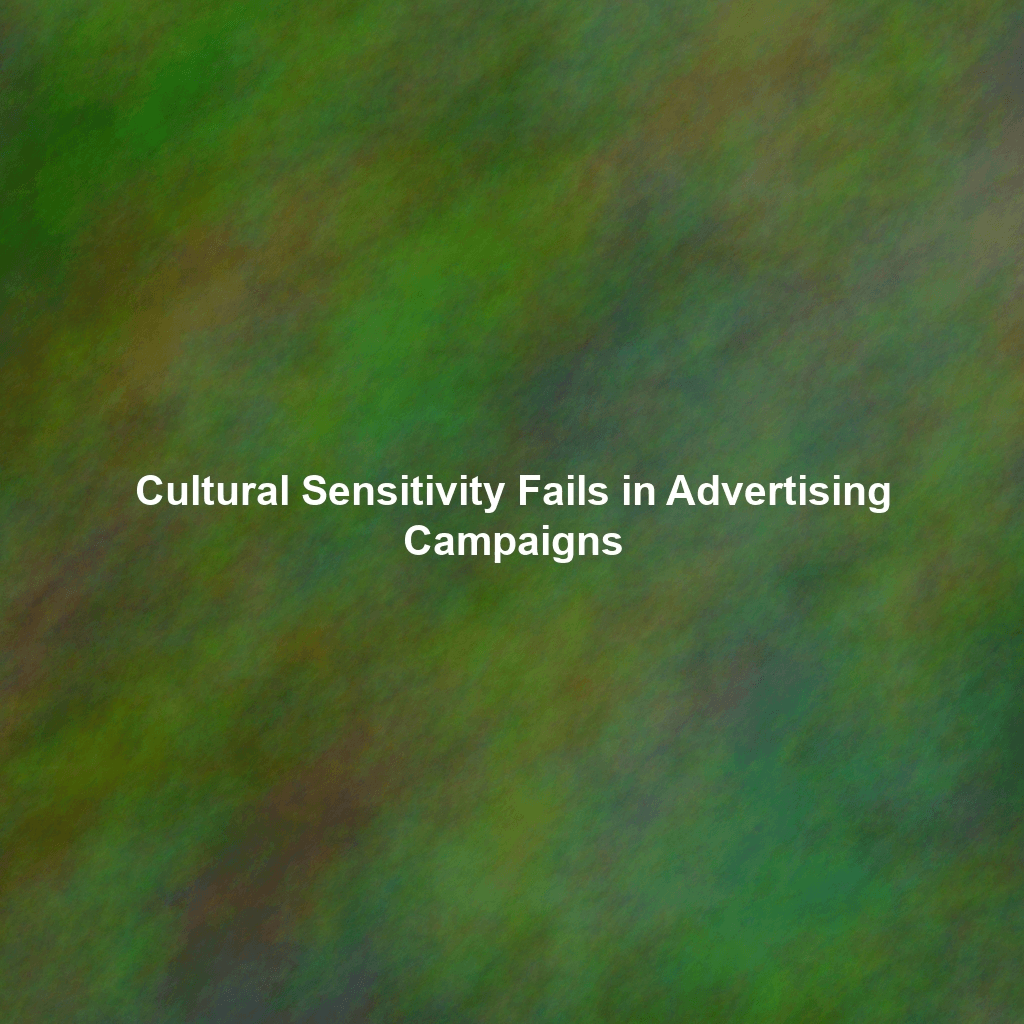The Importance of Visual Appeal in Landing Page Design
In today’s visually driven online world, first impressions matter more than ever. Users make snap judgments about a website’s credibility and trustworthiness based on its design in mere seconds. A well-designed landing page instantly builds trust, establishes credibility, and encourages visitors to explore further. A cluttered, poorly designed page, on the other hand, can create a negative impression and send potential customers running to your competitors.
Key Design Principles for High-Converting Landing Pages
Several core design principles contribute to creating visually appealing and effective landing pages. These include:
Color Psychology: Choosing the Right Palette
Colors evoke specific emotions and associations. Understanding color psychology is vital for creating a landing page that resonates with your target audience and reinforces your brand message.
- Blue: Often associated with trust, reliability, and security. Ideal for finance, healthcare, and technology industries.
- Green: Represents growth, nature, and health. Suitable for eco-friendly businesses, health and wellness products, and organic food brands.
- Red: Conveys excitement, urgency, and energy. Use sparingly to highlight calls to action and create a sense of importance.
- Yellow: Associated with happiness, optimism, and creativity. Can be used to draw attention but avoid overuse, as it can be overwhelming.
- Orange: Represents enthusiasm, warmth, and affordability. A good choice for promoting sales and discounts.
- Purple: Associated with luxury, creativity, and wisdom. Well-suited for high-end products and services.
Consider your target audience and brand identity when selecting your color palette. Use a limited number of colors (typically 2-3) to create a cohesive and visually appealing design. Pay attention to contrast to ensure readability and accessibility.
Typography: Legibility and Hierarchy
Typography plays a crucial role in the overall readability and user experience of your landing page. Choose fonts that are easy to read and visually appealing. Establish a clear visual hierarchy using different font sizes, weights, and styles to guide the user’s eye and highlight important information.
- Font Selection: Opt for a combination of a headline font and a body text font that complement each other. Ensure the fonts are web-safe and load quickly.
- Font Size and Line Height: Use appropriate font sizes to ensure readability on different devices. Adjust the line height to create comfortable reading experience.
- Font Weight and Style: Use bolding and italics sparingly to emphasize key phrases and create visual interest.
- Visual Hierarchy: Use larger fonts for headlines and smaller fonts for body text. This helps users quickly scan the page and understand the main message.
Imagery: High-Quality Visuals That Tell a Story
Images are powerful tools for conveying emotions and grabbing attention. Use high-quality photos, illustrations, or videos that are relevant to your offer and target audience. Avoid generic stock photos that lack authenticity.
- Relevance: Choose images that directly relate to your product or service and resonate with your target audience’s needs and desires.
- Quality: Use high-resolution images that are visually appealing and professionally edited. Avoid pixelated or blurry images.
- Authenticity: Opt for authentic images that showcase real people and real-life scenarios. Avoid generic stock photos that can damage your brand’s credibility.
- Placement: Strategically place images to break up text, guide the user’s eye, and highlight key information.
Whitespace: The Power of Negative Space
Whitespace, also known as negative space, is the empty space around elements on your landing page. It is crucial for creating a clean, uncluttered design that improves readability and user experience. Whitespace allows the user’s eye to rest and prevents the page from feeling overwhelming.
- Balance: Distribute whitespace evenly around elements to create a balanced and visually appealing layout.
- Readability: Use whitespace to separate paragraphs, headings, and images to improve readability.
- Focus: Use whitespace to draw attention to key elements, such as your call to action.
Layout and Structure: Guiding the User’s Eye
The layout of your landing page should be intuitive and guide the user’s eye towards the most important information. Use a clear visual hierarchy, consistent design elements, and a logical flow to create a seamless user experience.
- Above the Fold: Place the most important information and your primary call to action above the fold (the portion of the page visible without scrolling).
- Visual Hierarchy: Use headings, subheadings, and bullet points to break up text and create a clear visual hierarchy.
- Consistency: Maintain a consistent design throughout the page, including fonts, colors, and spacing.
- Mobile Optimization: Ensure your landing page is responsive and looks great on all devices, including smartphones and tablets.
Testing and Optimization
Design is an iterative process. Once you’ve created your landing page, it’s crucial to test different design elements to see what works best for your target audience. A/B testing allows you to compare different versions of your landing page and identify the design choices that lead to higher conversion rates.
Test elements such as:
- Headline copy
- Image selection
- Call to action button text and color
- Form fields
- Overall layout
Conclusion
Creating visually appealing landing pages is essential for driving conversions and achieving your marketing goals. By understanding and applying the principles of color psychology, typography, imagery, whitespace, and layout, you can create landing pages that not only capture attention but also build trust, establish credibility, and encourage visitors to take action. Remember to test and optimize your design to ensure it’s performing at its best. A well-designed landing page is an investment that can yield significant returns in the form of increased leads, sales, and customer loyalty.
 Skip to content
Skip to content
